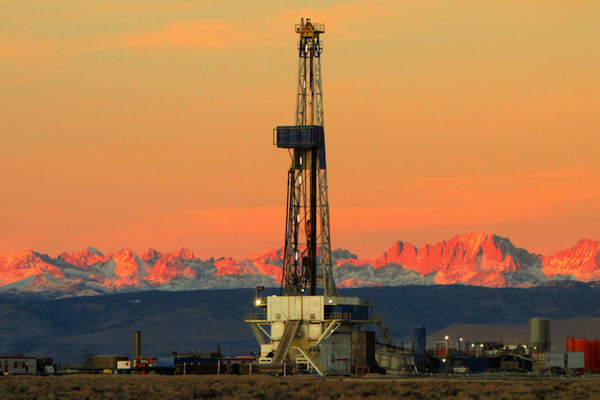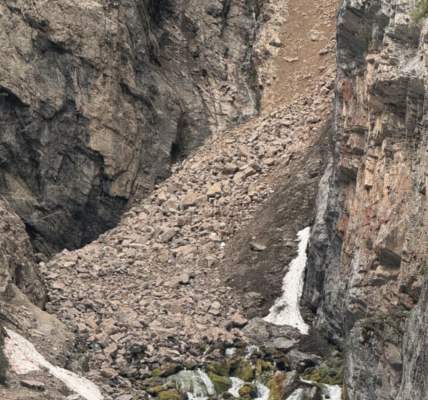By Tom Coulter
Wyoming Tribune Eagle
Via- Wyoming News Exchange
CHEYENNE — A pair of public health experts spoke on the effects of oil and gas drilling development in Wyoming and Colorado during a locally organized panel recently.
Thursday’s virtual panel, which was put on by the Cheyenne Area Landowners Coalition, featured Lisa McKenzie, an assistant professor at the Colorado School of Public Health, and Robert Field, a senior research scientist at the University of Wyoming.
Although their views contrasted on some points, the two experts agreed on an overarching takeaway: the effects of oil and gas development on nearby air quality are real and, at times, concerning.
“(There are) a lot of studies now on self-reported complaints of nosebleeds, dizziness, migraines, headaches and skin rashes for people living particularly close to oil and gas well sites,” said McKenzie. “And then … asthma, congenital heart defects, low birth weights, preterm birth, cardiovascular disease indicators, people with these conditions are more likely to be living nearer the oil and gas well sites than further away from them.”
McKenzie, who has been a lead researcher on the impacts of oil and gas activity in northern Colorado, said there are still gaps in the research that need to be filled, but she said most epidemiological studies have arrived at similar conclusions.
“I would remind you of how long it took to establish that smoking cigarettes causes lung cancer,” she added.
In Laramie County, oil and gas development has grown substantially over the past decade, though drilling activity slowed statewide in recent months due to the COVID-19 pandemic and commodity price drops. The county also recently lost its mobile air quality monitoring station, leaving just one station in northern Cheyenne to monitor any chemical presence in the area.
Field, whose current work focuses on defining baseline air quality conditions in Carbon County, said the chemical byproducts of drilling, such as benzene, aren’t as easy for nearby landowners to detect as other particles.
“We can look out the window, and we can see the smoke, for example, at the moment, but one of our problems is when we deal with toxic air pollutants that may be invisible, odorless and tasteless,” said Field.
In Wyoming, state rules require new wells to be offset at least 500 feet from any occupied structure, but both panelists were wary of any setback distance of less than 2,000 feet.
McKenzie pointed to two studies, one of which she led and another from the Colorado Department of Public Health and Environment, that have shown some slight potential for health risks related to oil and gas development.
“Both the studies have found that acute, short-term health risks begin to increase at approximately 2,000 feet from oil and gas well sites, and rapidly increase as that distance becomes shorter,” McKenzie said. “These health risks are driven by those exposures to benzene and alkanes.”
The report from the Colorado Department of Public Health and Environment, however, produced mixed results. It found acute exposures to most chemicals did not reach concerning levels for people nearby, though researchers found exposure to a few chemicals, including benzene, could exceed health guidelines at a 500-foot distance under some worst-case scenarios.
“Our identification of these estimated exceedances of acute health guidelines is highly conservative, in that these highest-estimated exposures occur when the highest chemical emissions are highly concentrated by ‘worst-case’ meteorological conditions onto a hypothetical person who is outdoors or in a highly ventilated area, which might happen only rarely,” states the report.
While the department’s study considered some worst-case scenarios, the panelists were wary of any situation in which a person’s home is close to oil and gas wells.
“I personally would prefer to see no oil and gas wells in residential areas,” Field said. “If they are there, then the 2,000-foot setback is, for me, an absolute must.”
While critical of some development, Field also praised the Wyoming Department of Environmental Quality for its air quality monitoring network, which he called one of the best nationwide, though he noted a difference between “regulatory” and “scientific” monitoring processes.
“The point I would like to make is just because it’s legal doesn’t mean it’s OK; just because it’s legal doesn’t mean it’s safe,” he said. “There’s always a compromise when we’re thinking about economic activity and environmental protection.”






